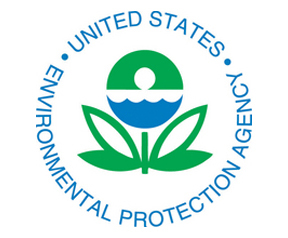New EPA Proposals Could Lead to More Specialized Fuel Blends
 |
WASHINGTON - August 31, 2015: NACSonline reported that yesterday, the U.S. Environmental Protection Agency (EPA) proposed a number of classification revisions to areas of the country currently classified as “marginal” nonattainment areas for the 2008 ozone National Ambient Air Quality Standards (NAAQS). While this proposal will not have an immediate effect on fuel retailers, the EPA’s actions could eventually lead to the increased use of specialized fuel blends in these areas.
The Clean Air Act (CAA) requires the EPA to set air quality standards, referred to as NAAQS, for six air pollutants, including ground-level ozone. Often referred to as smog, ground level ozone is created by chemical reactions between oxides of nitrogen (NOx) and volatile organic compounds (VOC) in the presence of sunlight. Motor vehicle exhaust and gasoline vapors, in addition to many other sources, contribute NOx and VOC emissions, thus contributing to the formation of ground-level ozone.
To reduce the prevalence of ground-level ozone, the EPA sets emission standards that states and other geographic areas are not permitted to exceed. Should a state exceed the emission standards, it is designated as being a “nonattainment” area by the EPA and must propose a State Implementation Plan (SIP) to lay out the steps it will take to reduce the ground-level ozone in order to be in compliance with the EPA standard.
EPA is now proposing: 1) to determine that 17 areas attained the 2008 ozone NAAQS and thus will no longer be classified as nonattainment areas; 2) to grant one-year attainment date extensions for eight areas of the country that have technically not attained the standard but qualify for an extension under the CAA; and 3) to determine that 11 areas failed to attain the 2008 ozone NAAQS. These 11 areas will be reclassified as “moderate” nonattainment areas. (For lists of areas affected by each of the three actions, please see Tables 2, 3 and 4, respectively, in the EPA proposal, here.)
The 11 moderate nonattainment areas are required to attain the standard “as expeditiously as practicable” but no later than July 20, 2018. Due to the new classifications as “moderate” nonattainment areas, each responsible state in these 11 areas will be required to submit a revised SIP that addresses new requirements under the CAA. The designation of moderate nonattainment areas could result in a state adopting new regulations on motor fuels sold in that area—such as lower-RVP standards for the summer ozone season or the introduction of reformulated gasoline (RFG) in that area. However, most of the affected areas already require specialty fuel blends, including RFG. Each state will be required to submit their revised SIP during 2017.
The 2008 eight-hour ozone standard is currently set at 75 parts per billion (ppb). In a separate rulemaking, the EPA has proposed to lower the standard to a range between 65 and 70 ppb. The EPA is also taking comments on a standard as low as 60 ppb. NACS submitted comments to the EPA stating that a lower ozone NAAQS would have a “significant negative impact on the retail motor fuels market.” A stricter standard would “increase heterogeneity of the U.S. motor fuels market” and would result in “higher retail fuel prices for consumers.” The EPA is under a court order to finalize its proposal by October 1, 2015.


